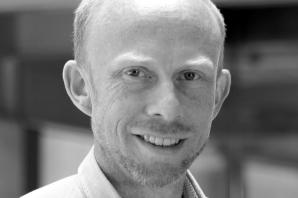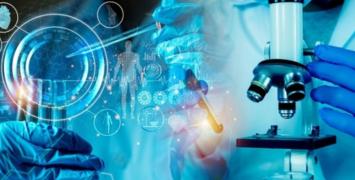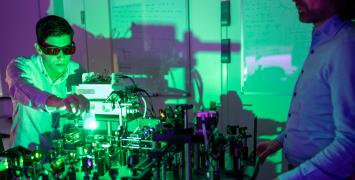Building a multi-level simulation of organogenesis
Organogenesis is the process by which different cells grow, differentiate and interact with each other to create large structures, such as the heart, the brain, a limb. But what are the mechanisms behind these molecular, cellular and tissue interactions that lead to the construction of an organ? Prof. James Sharpe’s team is developing the first 3D computer model to better understand this complex process.

Computational models are invaluable tools to investigate organ and tissue formation. So far, these models have allowed scientists to understand only some of the pieces of this big puzzle, such as the control of tissue growth. However, putting all the pieces together into a single multi-scale simulation remains problematic. The SIMBIONT project addresses this big technical challenge, working on the first ever multi-scale computer model of mammalian organogenesis, focusing on limb development.
In order to create this new tool, Prof. Sharpe and his team are applying a novel conceptual and experimental approach that, in many aspects, goes beyond the most recent modelling techniques and molecular signalling studies. The researchers use cutting-edge quantitative data-generation techniques to gather and integrate, in a single comprehensive framework, information about cell morphology, motility and tissue morphogenesis, all on a three-dimensional level. The challenge lies in the large amount of data to be collected as well as in the computational and mathematical hurdles that need to be solved, since the few existing computer simulations are mostly two-dimensional. Overcoming these difficulties will ultimately help to better understand how complex interactions at multiple scales (genes, molecules, cells and tissues) coordinate to build a carefully constructed three-dimensional organ.
Prof. Sharpe, who has been appointed in May 2017 head of a new EMBL outstation in Barcelona, is confident that, in the future, this approach can be used to study other complex multicellular processes such as tissue engineering and organ regeneration and can provide scientists with new insights into the cellular and molecular alterations underlying human congenital malformations and the development of cancer and other diseases.






